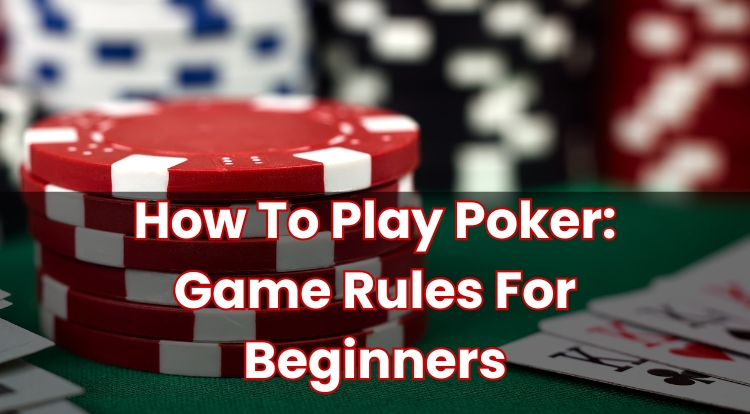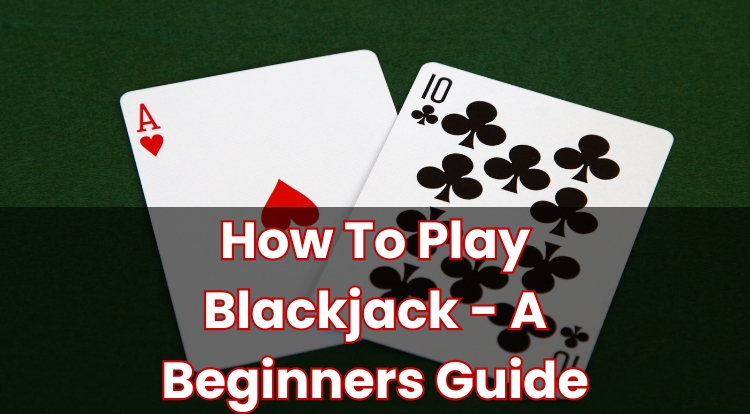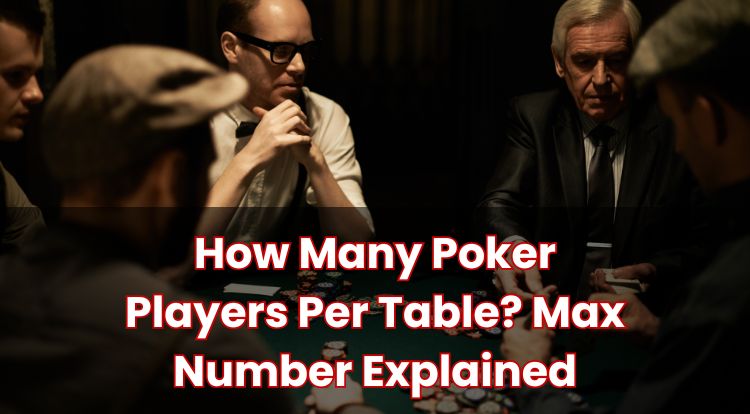Big Blind vs Small Blind: Poker Terms Explained & Compared
Understanding the terms big blind and small blind is an important first step for anyone learning how to play poker. These two bets appear in almost every game, and once you notice how they function, the flow of each hand becomes easier to follow.
This blog post introduces what the blinds are, how they differ, and how they may influence each betting round. It also touches on why a player’s position at the table might affect their decisions, particularly in these seats.
Whether you are new to poker or refreshing the basics, the next sections explain everything in small steps with examples and context to help you read the game more clearly.
What Do the Big Blind and Small Blind Mean in Poker?
In many poker formats, including Texas Hold’em, two players are required to put chips into the pot before any cards are dealt. These forced contributions give every hand something to compete for from the outset.
The player to the left of the dealer posts a smaller amount, and the next player to the left posts a larger sum. For instance, in a 1 and 2 game, one seat posts 1 and the other 2. These amounts move around the table with the dealer seat, so each player takes turns placing them.
Because these contributions are made before seeing cards, the seats have a small stake already in the pot at the start of the hand. This initial setup may affect the choices they make as betting begins.
Big Blind vs Small Blind: What’s the Difference?
The first distinction is the size of the contribution: the small blind posts a smaller amount, and the big blind posts a larger one, usually double the small blind.
The other distinction is their position relative to the dealer. The small blind sits immediately to the left of the dealer, and the big blind sits to the left of the small blind.
Order of Action:
- Preflop: After the blinds are posted and each player receives their cards, the first player to act is the one immediately to the left of the big blind, not the small blind. The small and big blind act last in this round, giving them a positional advantage in seeing what others do first.
- Postflop (and in later betting rounds): Action begins with the first active player to the left of the dealer, which means the small blind and big blind may act early if they remain in the hand. This shift is why these positions feel different: they act later initially, then earlier in subsequent rounds.
Both blinds rotate with the dealer, so every player contributes in turn, experiencing this pattern over the course of the game. Understanding this rhythm may help guide betting decisions and strategy.
How Do Blinds Work in a Poker Game?
These initial contributions set up the first round of betting. Once the two amounts are placed, each player is dealt two cards face down. Action begins with the player to the left of the larger contribution and continues clockwise, while the amounts already in the pot count toward any future calls from those two seats.
Because the larger contribution acts last initially, that player may sometimes just follow along without adding more if no one increases the stakes. If another player does raise, each seat decides whether to match or fold based on the new total.
In later rounds, the first active player left of the dealer starts, which may place the smaller, then the larger seat at the front of the action if still involved.
These positions also relate to the type of game. In cash tables, the amounts stay the same, but in tournaments, they tend to rise gradually, which may change how often players need to put chips in.
After a hand concludes, the dealer seat moves one spot to the left, and the forced contributions move with it. This rotation spreads the initial stakes evenly across the table.
How Do Blinds Affect Your Position at the Table?
Position may affect how much a player can infer before choosing to add chips. The two contributions sit in places that make them act later at first but earlier on subsequent rounds.
Why Position Matters in Poker Hands
Because these seats put chips in before seeing cards, they sometimes have to make choices with less information than others who act later. Other players can see what has already happened before committing more.
Preflop, these seats have an advantage in knowing who has entered the pot and by how much. If no one increases the stakes, the larger contribution may simply stay in and see the first community cards. Once the shared cards appear, the smaller seat starts the action if still involved, followed by the larger seat, which puts them at the front for the rest of the betting.
Noticing this sequence explains why these positions feel distinct. They already have chips in the pot, act later at first, and then early on subsequent rounds—a rhythm unlike most other seats. If you choose to play from these positions, being aware of this pattern may help guide your choices responsibly. It is important to only commit amounts you are comfortable with and to take breaks if the session feels overwhelming.
Regularly reviewing your play, setting limits on the number of hands or time spent at the table, and stepping away if you feel uncertain can support a considered approach to the game. If you ever feel your decisions are being influenced by frustration or impatience, pausing and reassessing may help maintain a more thoughtful experience.
Explore Casino Games Online at 666 Casino
At 666Casino, we offer a variety of online casino games all in one place. Our site is licensed by the UK Gambling Commission (UKGC), and we follow standards that focus on fairness and player protection.
Our library includes popular slots as well as classic table games like roulette, blackjack, and baccarat. If you enjoy the atmosphere of a live studio, you might choose our live dealer tables, while Random Number Generator (RNG) versions allow you to play the same games with digital dealing.
We also provide tools to help you set limits and manage your play in a way that works for you. If you’d like to see what’s available, you can create an account at 666Casino and explore our games at your own pace—we’re here to help guide you through the variety of options we offer.
**The information provided in this blog is intended for educational purposes and should not be construed as betting advice or a guarantee of success. Always gamble responsibly.




